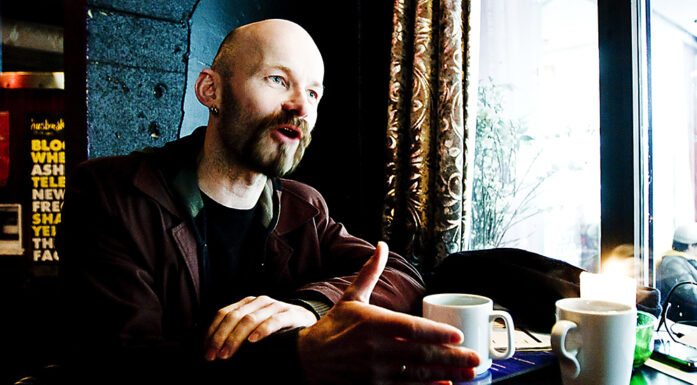Good or bad innovation ideas?
The traditional way of running a project with a beginning and an end will soon be history. The scientists have a smarter solution.
Digital services like payment systems and notification services need to be developed quickly if they’re to get onto the market before they’re outdated.
“Previously, companies needed 18 months to deliver new ideas. Now they have to do it in nine months, and soon they’ll have to manage it in four. This means that it has now become essential to call a halt to non-viable project ideas”, say SINTEF researchers Nils Brede Moe and Eva Seim.
Help for Norwegian companies
The new concept regarding innovation and project execution comes from the USA. But the Norwegian government has also said that we need to rethink how we approach innovation – and that input must come from the people involved. SINTEF researchers have translated American ideas into a Norwegian context, and already have some thoughts about how these ideas can be applied in Norwegian companies.
The reason behind this is that the big Norwegian digital services companies are currently facing extra challenges. Apple, Google and Facebook have suddenly appeared as aggressive competitors to DNB, Telenor, Storebrand and the Sparebank Group. Apple is competing with the banks to deliver payment systems such as Apple Pay. Facebook wants to make it possible to send money through Messenger, and Google is looking into selling insurance. Services like e-SIM and WhatzApp are challenging the telecom industry.
Researchers at SINTEF have already been working with some small companies, and can see that this new way of thinking has worked for them. They have also been in frequent contact with telecom and finance companies, and have put them under the microscope too.
Quick testing
The new market means that there’s no longer any time or space for market research. Brede Moe describes how, when DropBox started, they made a video about their idea and put it on YouTube without having invested a penny in development. It was only when they received a strong response that they invested in the idea.
The online shop Zappo did something similar. They wanted to sell shoes online, but weren’t sure whether it was a good idea. So they approached the shoe shops, asked whether they would be allowed to sell shoes on their behalf, photographed the shoes and put them out on the internet. As the orders trickled in, they went to the shops, bought the shoes and despatched them to the customers. Once they had a solid set of orders as their base, they had confirmation that their idea was a good one without needing to invest in expensive stocks.
“If you have the courage to stop bad projects early, you can test 10 ideas rather than 5”, says Eva Seim. “And instead of a straight line between the beginning and the end, some ideas can escalate, some can be split into two new concepts, and others can be terminated quickly”, she says.
Colleague-driven innovation
When companies developing new digital solutions come up with an idea, they sometimes fail to define it or connect it with a need. As users, without seeing the problem, we don’t know that we need a solution. This means that it’s impossible to know whether or not the idea you’ve thought of is a good one.
If researchers want to come up with good ideas and verify these at all times, they need to apply three principles. Firstly, they’ll want to use experiment-based development (Lean Startup). Then they will have an innovation that is colleague-driven.
“Currently, it’s business people who come up with the ideas. Then development people are assigned the task of developing them. We want things to come both from the bottom up and the top down. Opportunities arise when business acumen and ideas interact with solution-oriented technologies”, says Moe.
Last but not least, the researchers want to see adaptable methods and constant checks, and a steady flow of products onto the market.
SINTEF has now submitted a project proposal to the Research Council of Norway. “And we’ve been introducing our concept to a number of players in Norwegian industry”, says Nils Brede Moe, who has recently succeeded in visiting between 15 and 20 companies, including several banking and financial institutions. “All of them are facing the same challenges, and are interested in the new concept”, he says.





